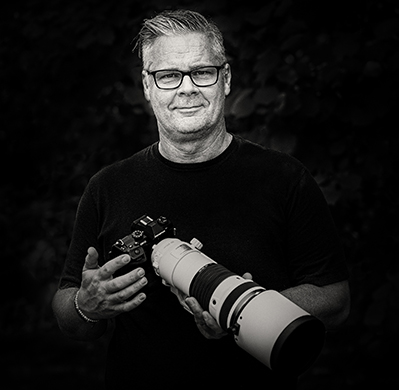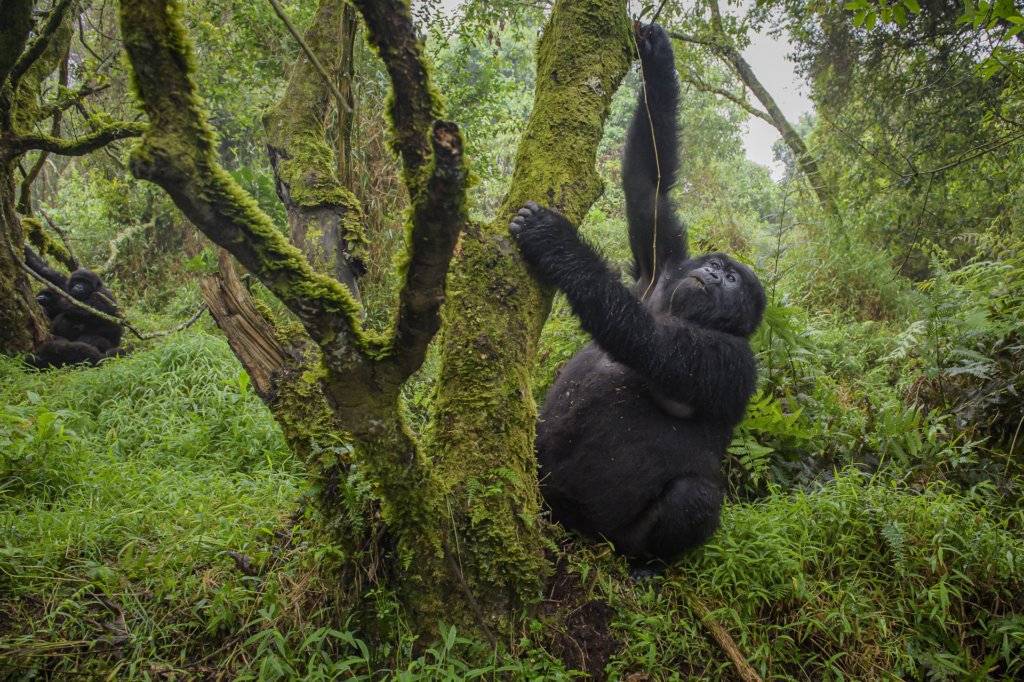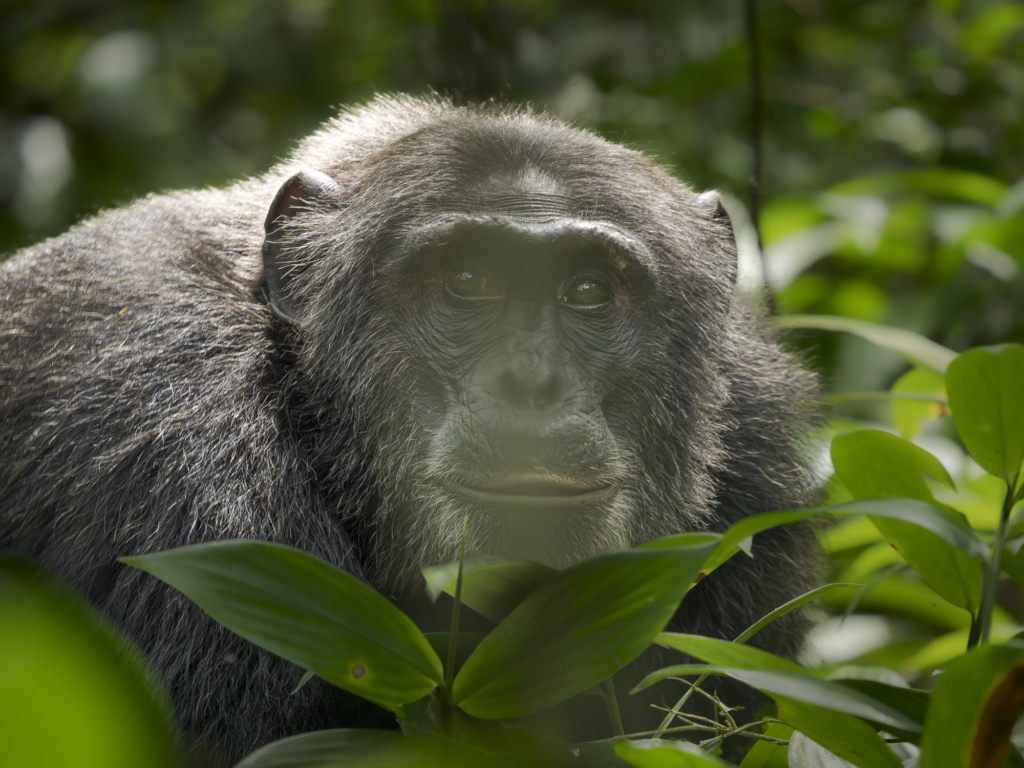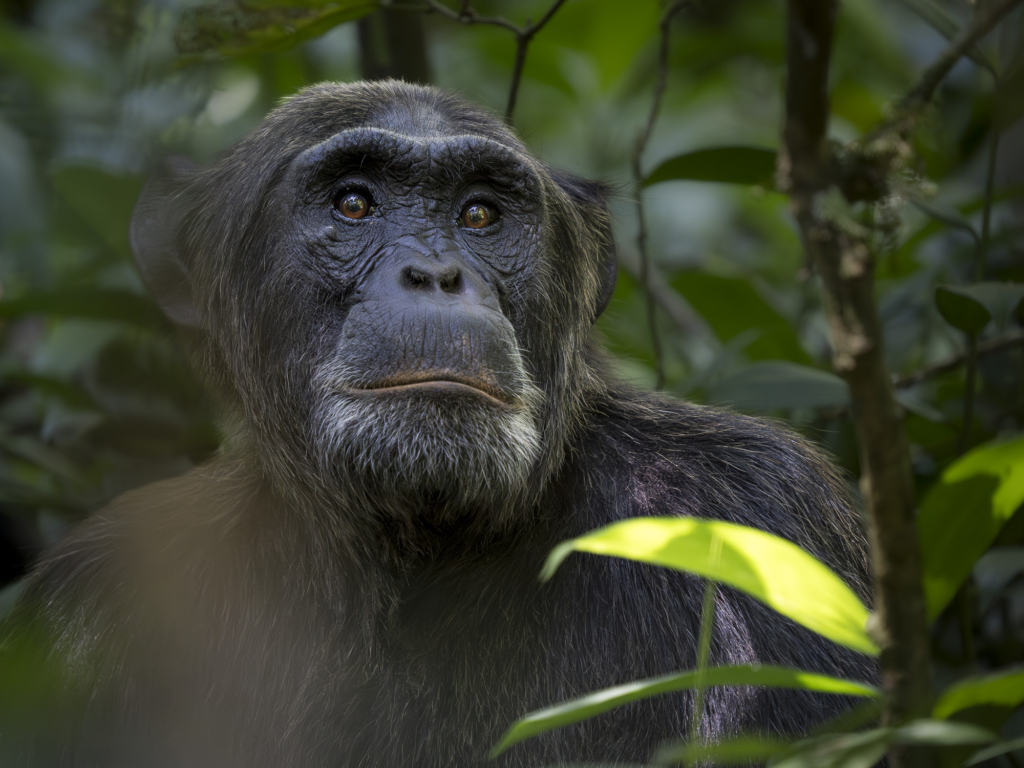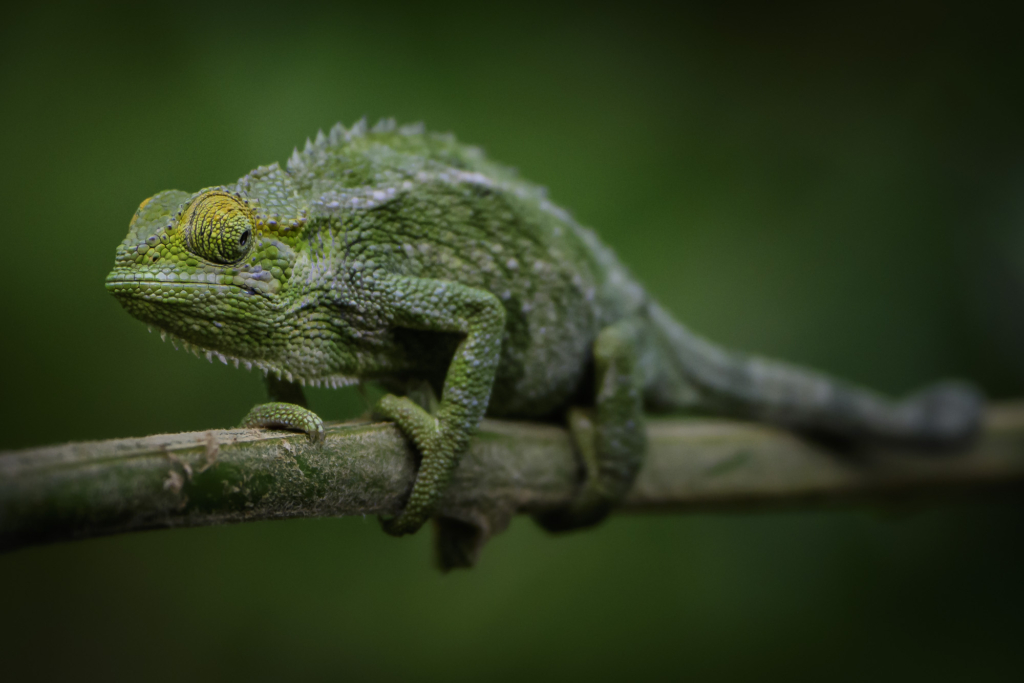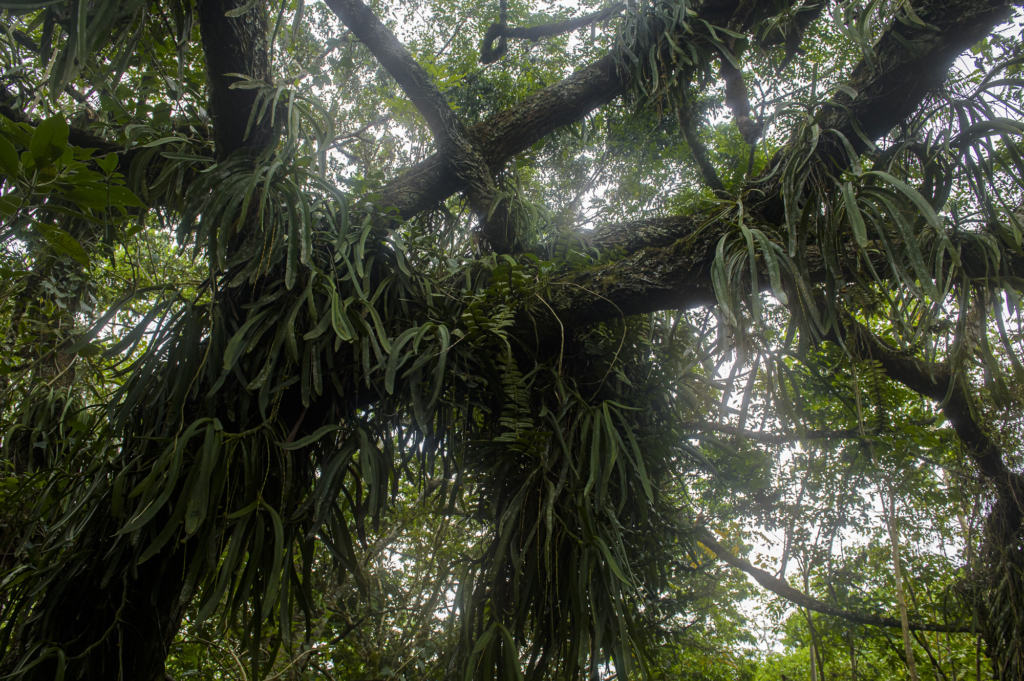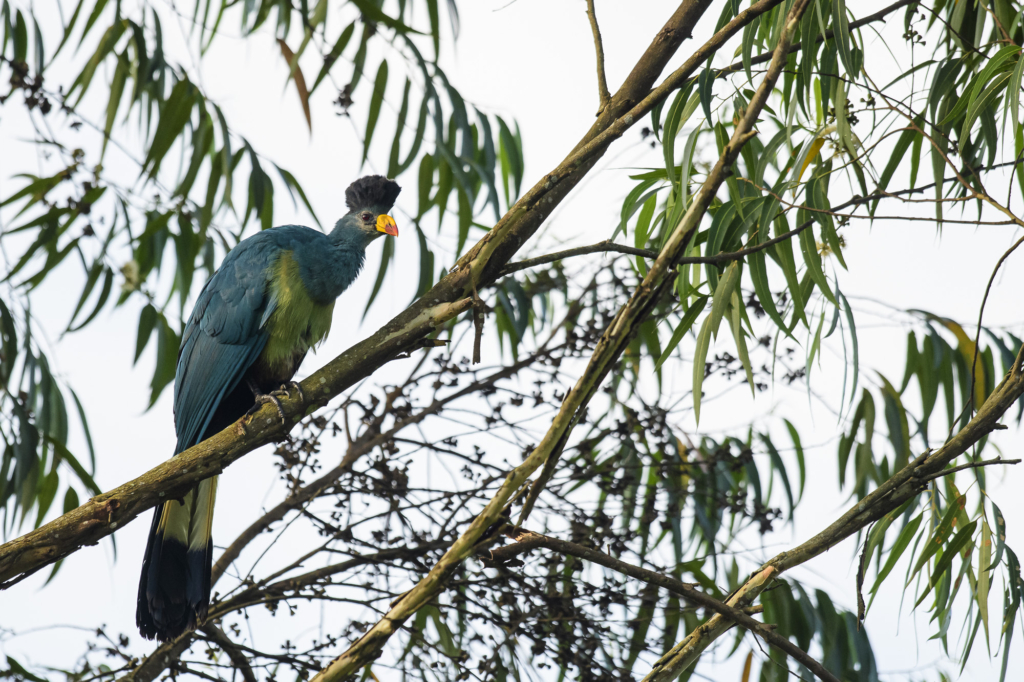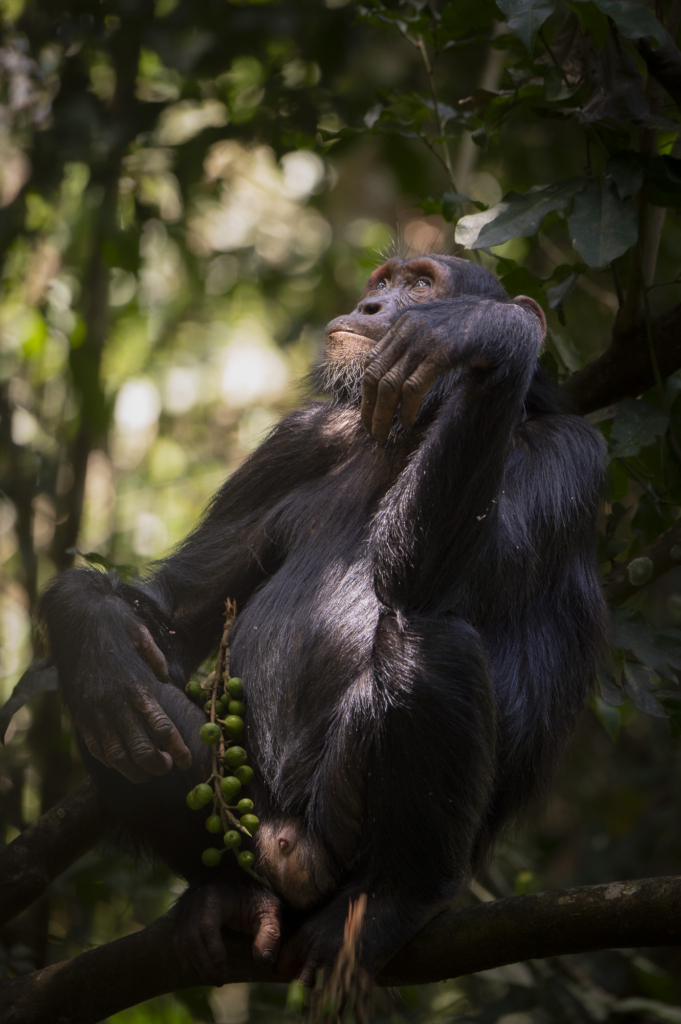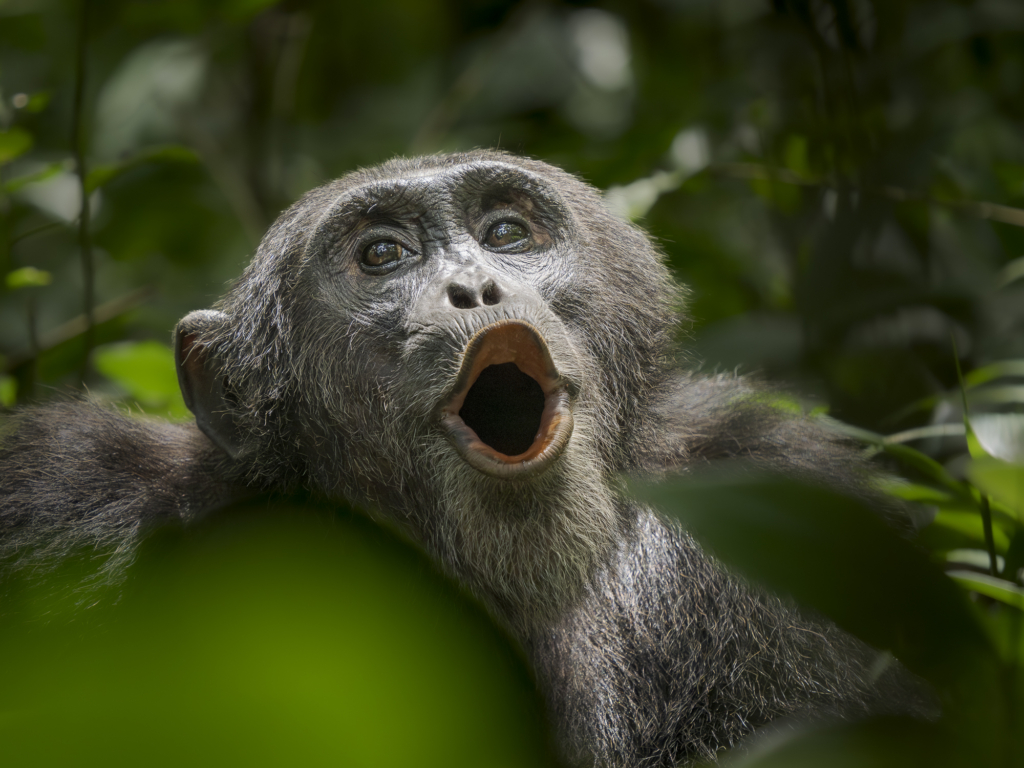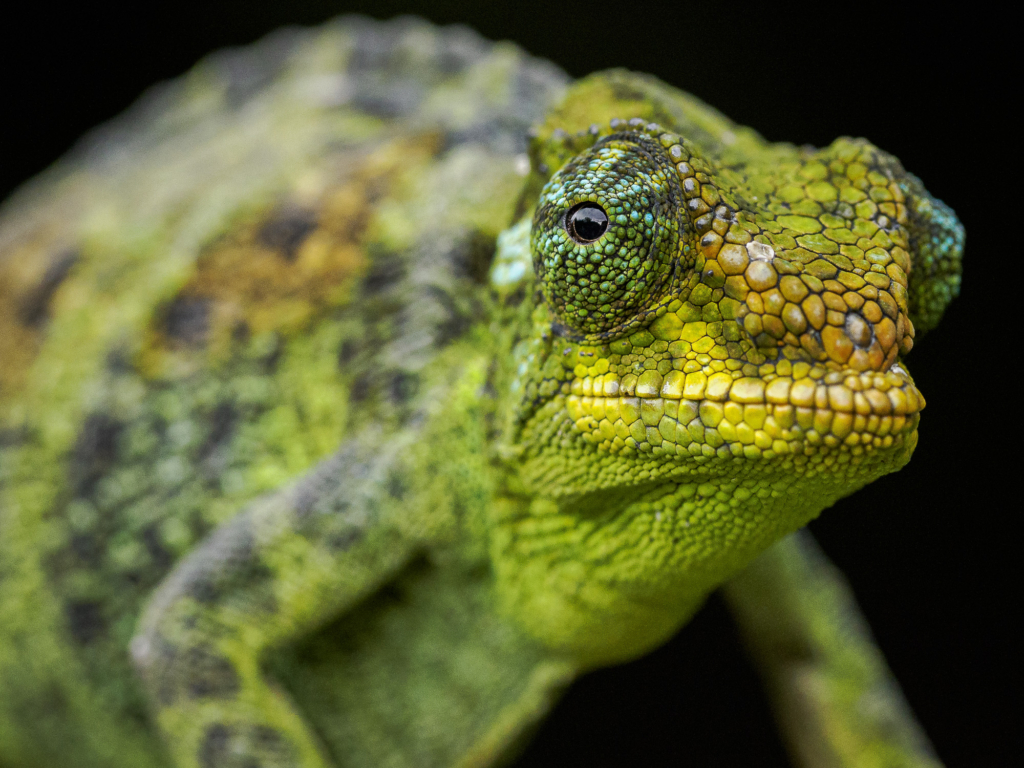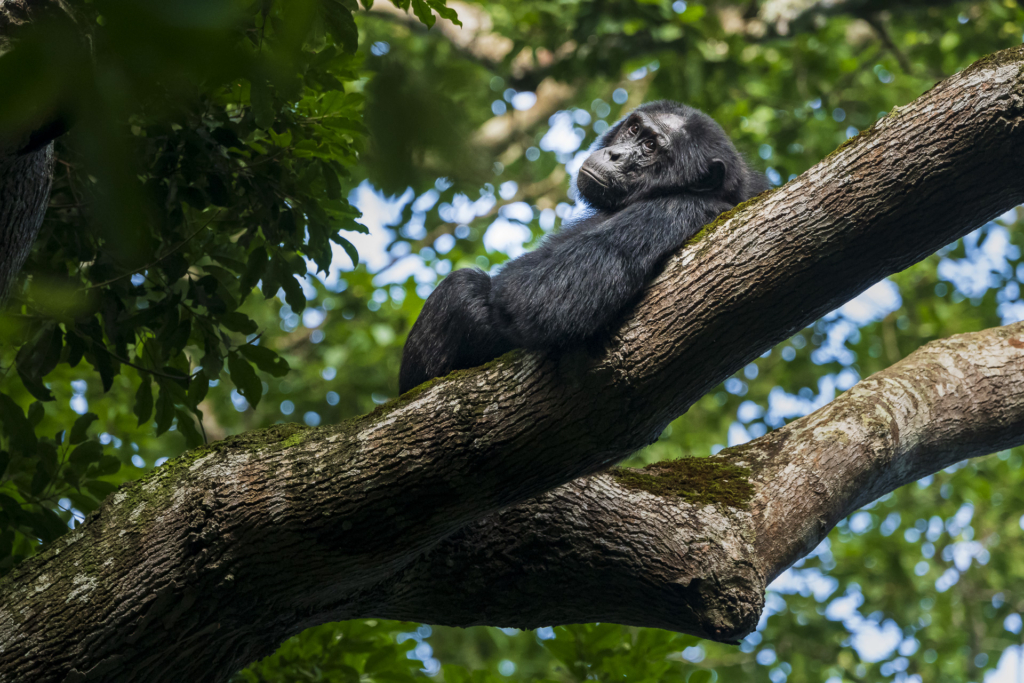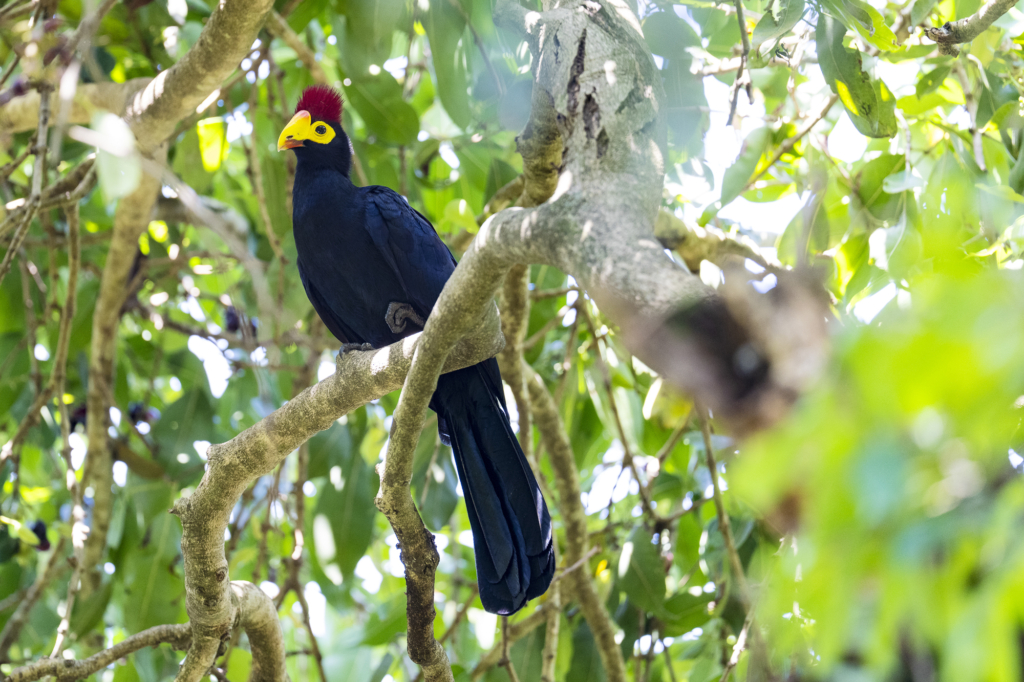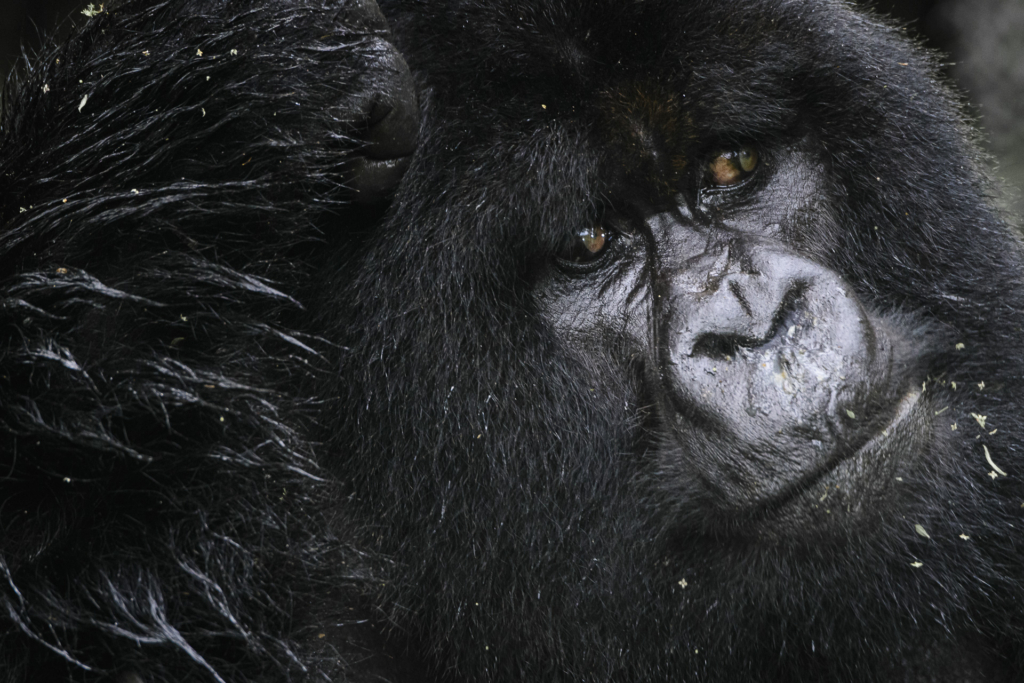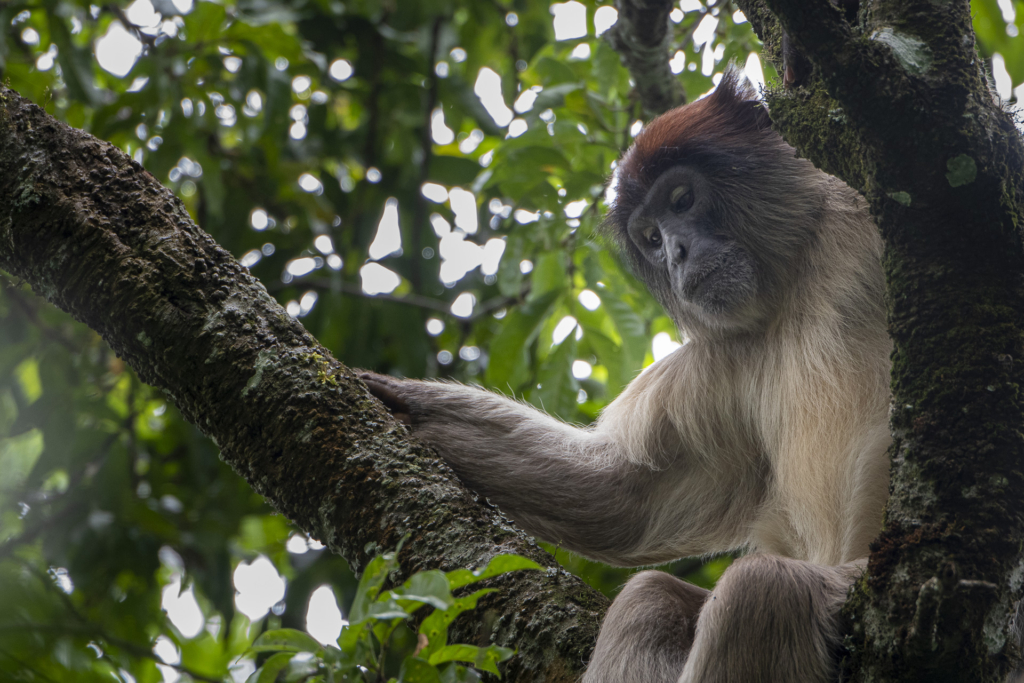Extend your tour with Mabambas shoebill storks, Uganda 26th – 28th January 2026. Read more here…
SOME HIGHLIGHTS
- Visit to the Mountain gorillas
- To increase your photo opportunities you can book a second visit to the Mountain gorillas
- Visit to the Chimpanzees in Kibale National Park
- To increase your photo opportunities you can book a second visit to the Chimpanzees
- Visit to the highly endangered Golden monkey in Mgahinga National Park
- Visit to Bigodi swamp where we look for the monkeys Black and white colobus, Red colobus, Red-tailed monkey and Grey-cheeked mangabey
- Fantastic bird life with lots of exotic species – bee-eaters, egrets, Ross turaco and the crown jewel the Great blue turaco
- All local transports are in comfortable Toyota Landcrusiers
- The tour leader will show you their best spots and provide photographic advice to a small group that share the same interests
MOUNTAIN GORILLAS
During the British colonial era, Uganda was nicknamed the Jewel of East Africa and it is a name that still is valid for Uganda. The country is a real natural jewel with a huge diversity of mammals, birds, reptiles and insects. At the top of the list is probably the mountain gorilla, one of the world’s most endangered mammal species. Today, it is estimated that there are just under 1,000 mountain gorillas left in the wild and all live in the Virunga Mountains, located in Uganda, Rwanda and Congo-Kinshasa, and in the nearby Bwindi Impenetrable forest. To experience the mountain gorillas in the wild is something that you never will forget, perhaps it is one of the greatest nature experiences you can get. We have one trek to the Gorillas included in the price but if you want to increase the experience and photograph you can pre-book a second “gorilla trek”. Visits to the gorillas are strictly regulated and the time you can spend with the gorillas is limited. We will visit the mountain gorillas in Mgahinga National Park or in the Bwindi Impenetrable forest.
CHIMPANZEE
The chimpanzee is one of Uganda’s other really brilliant jewels in nature. Together with the bonobon, the chimpanzee is the ape that is most closely related to humans, it shares about 99% of its DNA with modern humans. During our day with the chimpanzees, we start early in the morning to have time to find the chimpanzees before they wake up for the day. Then we follow them in their lives during the day, we pretend that we eat what they eat, we do what they do, etc. all to get as close to them as possible and experience the chimpanzees’ everyday life. A day with the chimpanzees means that once we have found them, we can spend about 2-4 hours with them. Also here you can pre-book a second visit to the Chimpanzees to get more photo opportunities.
GOLDEN MONKEY
During our days in Mgahinga National Park, we will also spend a day looking for the highly endangered Golden monkey that only lives in the Virunga Mountains in the border area between Rwanda, Uganda and Congo-Kinshasa. During our days among gorillas, chimpanzees and Golden monkeys, we will of course find many other exciting animals and birds that we are given the opportunity to photograph.
BIGODI WETLAND
Bigodi wetland is a fascinating area. The reserve is known for its rich biodiversity, where there are several species of primates, including Eastern black-and-white colobus (Colobus guereza), Grey-cheeked mangabey (Lophocebus albigena) and Red-tailed monkey (Cercopithecus ascanius). In addition to these species, which we have great chances to photograph, there are also Red colobus (Piliocolobus tephrosceles) and Mountain monkey or L’Hoest’s monkey (Allochrocebus lhoesti) i Bigodi. The latter, however, is very rare to see.
Bigodi is also very rich in birds and we will try to get good photo opportunities on the Great blue turaco which is the real jewel in the bird fauna in the area.
BUHOMA PANGOLIN SANCTUARY
On our way to Mgahinga National Park will we stay one night in the village Buhoma to break up the journey. Here we will visit the Pangolin Sanctuary where they rehabilitate pangolins that are retrieved from poachers. We will learn about the pangolins and also get opportunity to photograph them.
PHOTOGRAPHIC LEARNING
During the tour, our photographic leaders will constantly give you photographic advise based on your prior knowledge and level. The guidance in the field is completely adapted to you and your needs. In addition to this, we will also have theoretical sessions where we talk about different photo techniques that we will use during the tour. During our tour in Uganda, will we often be in forest and photograph, so we will e.g. to focus on how you can use foregrounds and backgrounds to create more exciting images.
In addition, we will include different techniques on how to create movement in your images through eg. to use panning as a method. As mentioned, continuing education is adapted to the group’s and the individual’s knowledge, but we will also see what photographic opportunities may arise during the tour.
Itinerary
Day 1 (19/1) (Dinner)
Arrival at Entebbe airport early in the morning and drive to Kibale National Park and our lodge. Lunch on the way to the lodge. After check-in and some rest, we have a briefing about the tour and the day ends with dinner.
Day 2 (20/1) (Breakfast – Lunch – Dinner)
Today, our primate experience begins. We will spend most of the day in the jungle with the chimpanzees. We start early to find the chimpanzees before they leave their night nests. We will follow the chimpanzees for about 2-4 hours and to get really close to them we participate in their everyday life. We will return to our lodge during the afternoon / evening.
Day 3 (21/1) (Breakfast – Lunch – Dinner)
After breakfast will we head to the Bigodi wetland reserve to look for Eastern black and white colubus (Colobus guereza), Grey-cheeked mangabey (Lophocebus albigena) and Red-tailed monkey (Cercopithecus ascanius). If we have some luck, we will get to see and be able to photograph also Red colobus (Piliocolobus tephrosceles) and Mountain monkeyor L’Hoest’s monkey (Allochrocebus lhoesti) as it also called.
We will also keep an eye out for birds when we hike in the area, here we have good opportunities to find the Great blue turacos. We will spend the morning in the reserve.
If you want, you can make a second visit to the chimpanzees in the afternoon, see more information below.
Day 4 (22/1)(Breakfast – Lunch – Dinner)
Today is a travel day to Mgahinga National Park, with an overnight stop in Buhoma at Bwindi National Park. After breakfast, we set off, traveling along the slopes of the Rwenzori Mountains and through the rolling hills of Kigezi. We will have lunch along the way and likely find some scenic photo stops en route.
We arrive at our lodge in the early afternoon, and after check-in, we visit the Buhoma Pangolin Sanctuary. Here, we’ll meet pangolins rescued from poachers, offering a unique opportunity to learn about these incredible creatures and capture beautiful photographs.
Day 5 (23/1) (Breakfast – Lunch – Dinner)
We start the day exploring the forests and surroundings of Bwindi National Park, searching for fascinating birds and reptiles to photograph. One of our hopes is to spot some of the chameleon species native to the area.
After our morning exploration, we continue our journey toward Mgahinga National Park, aiming to arrive at our lodge in the afternoon.
Day 6 (24/1)(Breakfast – Lunch – Dinner)
Today is the big day—our much-anticipated gorilla trek is on the agenda! We start with an early breakfast, pack our lunchboxes, and head to Mgahinga National Park. After completing the customary paperwork, we embark on our search for the mountain gorillas.
The structure of the day depends on where the gorillas are located. Guided by the park’s rangers, we hike at a steady pace through the mountains, enjoying the unique jungle environment. Once we find the gorillas, we will spend an unforgettable hour observing and photographing them in their natural habitat.
We return to the lodge in the afternoon, and the rest of the day’s activities will be planned based on the time we get back.
Day 7 (25/1) (Breakfast – Lunch – Dinner)
We begin the day with an early breakfast and pack our lunchboxes. Once again, we head to Mgahinga National Park. After registering at the park office, we set off into the jungle to search for golden monkeys. The time required to locate the monkeys varies depending on their location, so expect to be out in the field for most of the day.
Mgahinga National Park is part of the Virunga Massif, a mountain range spanning Uganda, Rwanda, and the Democratic Republic of Congo.
For those who prefer to do a second gorilla trek instead of searching for the golden monkeys, this option is available. See additional information below.
Day 8 (26/1) (Breakfast – Lunch – Dinner)
After breakfast, we begin our journey back to Entebbe and the airport. Evening flights home mark the end of the tour.
For those opting to extend the adventure, join us for the optional trip to the Mabamba Wetlands, a unique area known for its rich birdlife and the chance to spot the iconic shoebill stork.
Photographic leader
Henrik Karlsson, born in 1968, is a photographer, writer and conservation biologist.
Henrik is a trained biologist and used to work with water and conservation issues.
He is an ambassador for OM SYSTEM and has been appointed as a National Geographic Explorer and is a member of the Swedish Nature Photographers Association (Naturfotograferna/N) as well as PhotoNatura. In 2003 he was awarded Naturfotografernas/N and Kodak’s scholarship. Henrik has also won awards in several European photo competitions.
Henrik has a wide selection when it comes to subjects to take images of and tell stories about. He will be more than happy to photograph everything from insects to the orchids in the forest or the great wild animals around the world. He has the whole world as his photographic field but is more and more drawn to Africas beauty and wildness.
Previously, Henrik worked as a guide in several Swedish Nature Reserves and National Parks. He is a frequent lecturer and an appreciated guide on photo courses and workshops. He also leads photo tours all over the world.
In 2011 Henrik self-published the book ”Mångfaldens ö – bilder och tankar från Ölands natur”, and the book ”Vilda Norden” was published in 2017. 2020 he published the book Ölands orkidéer and in 2021 Orkidéer på Gotland.
